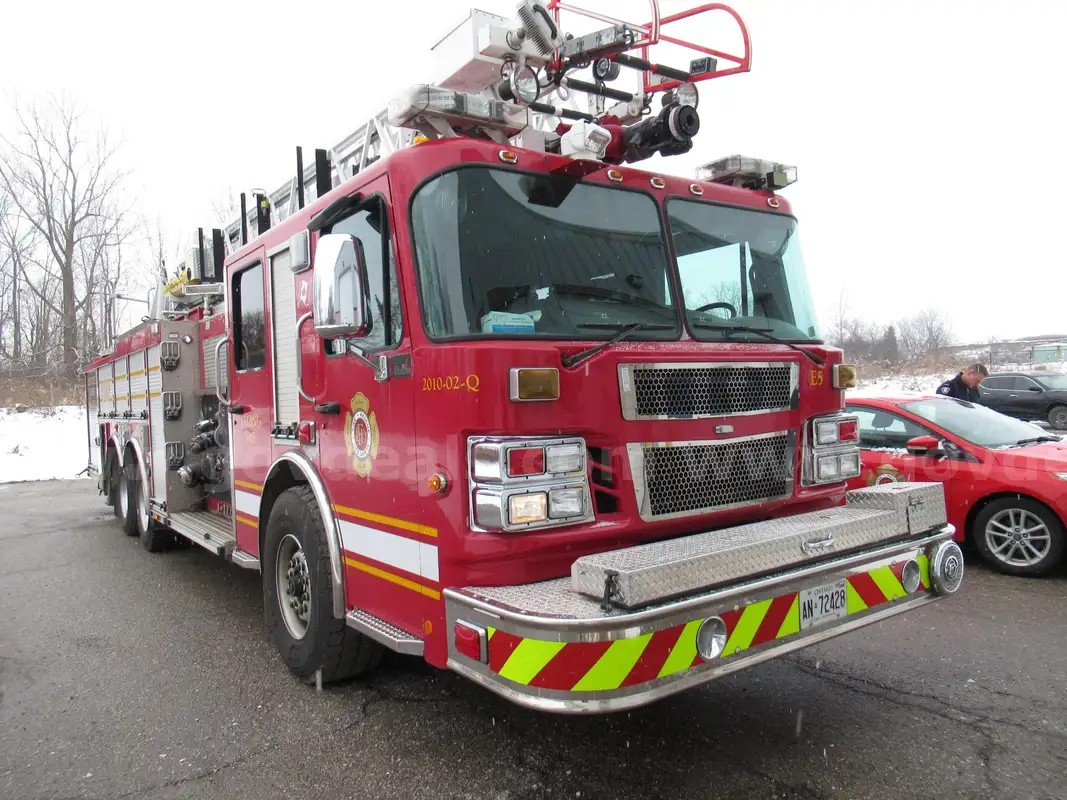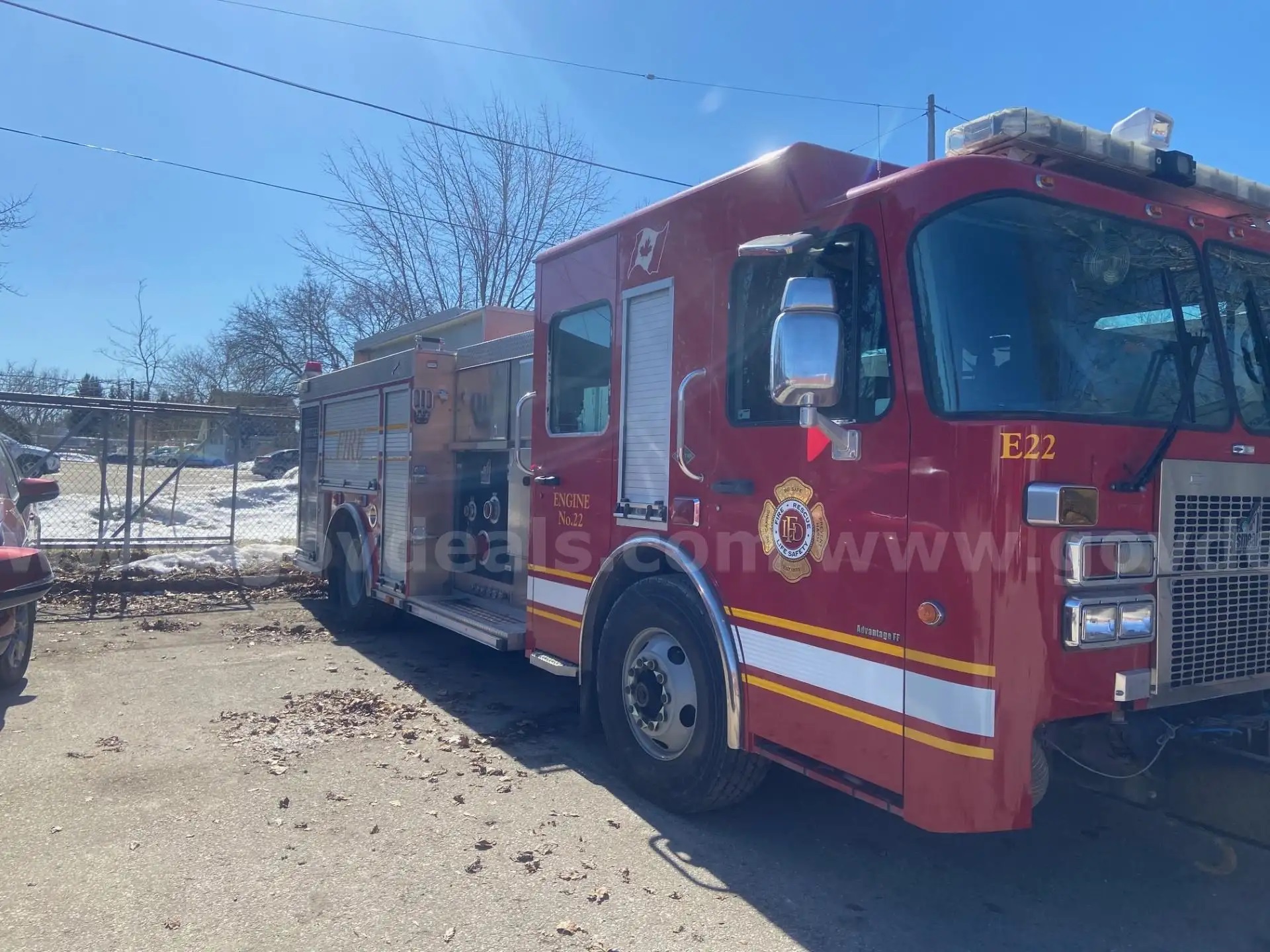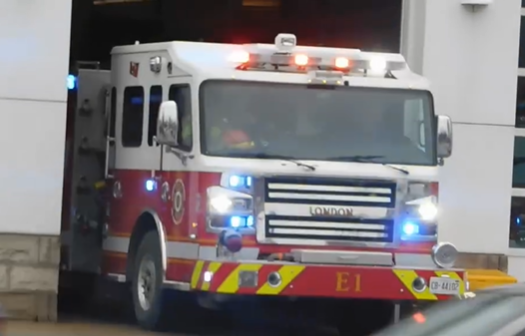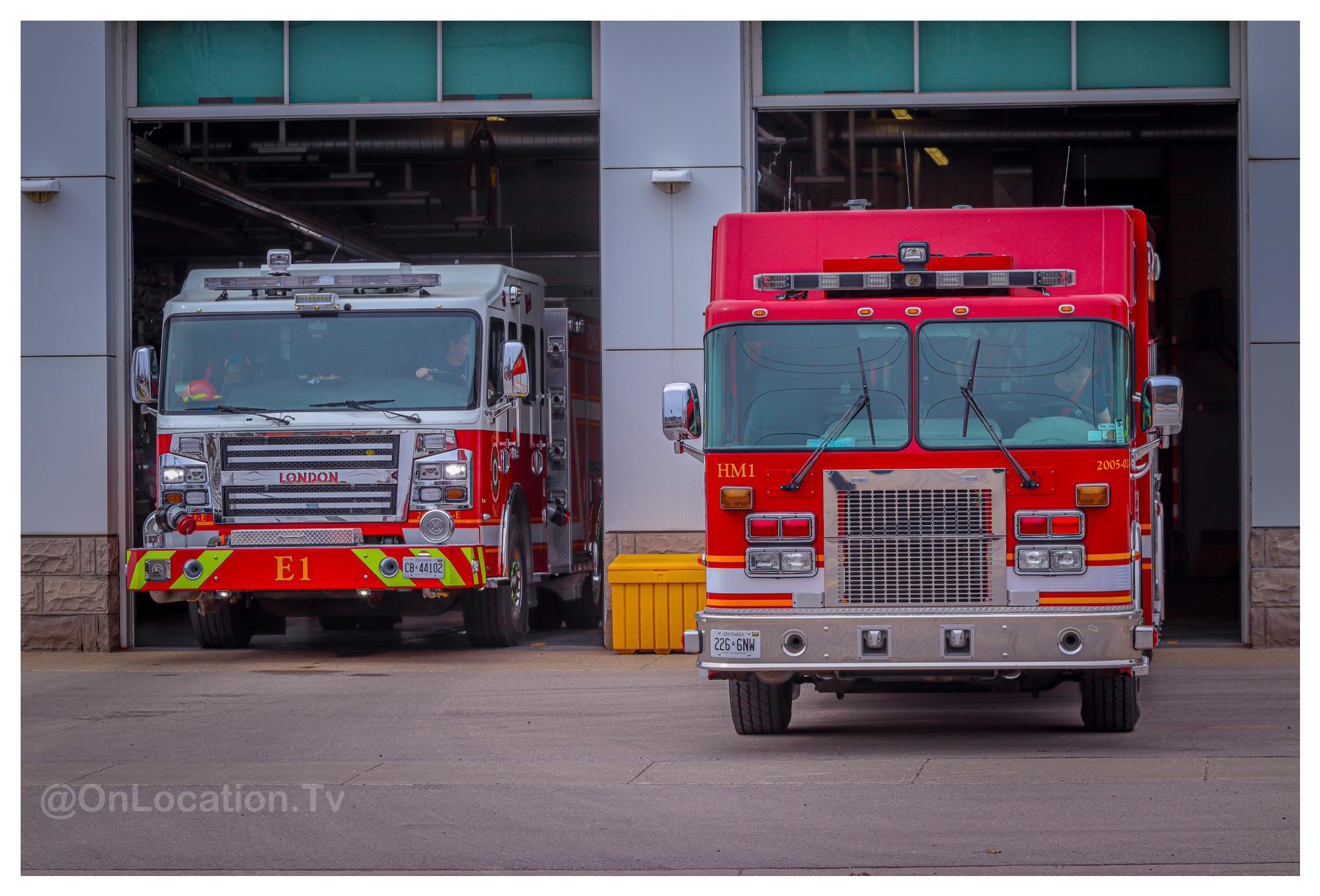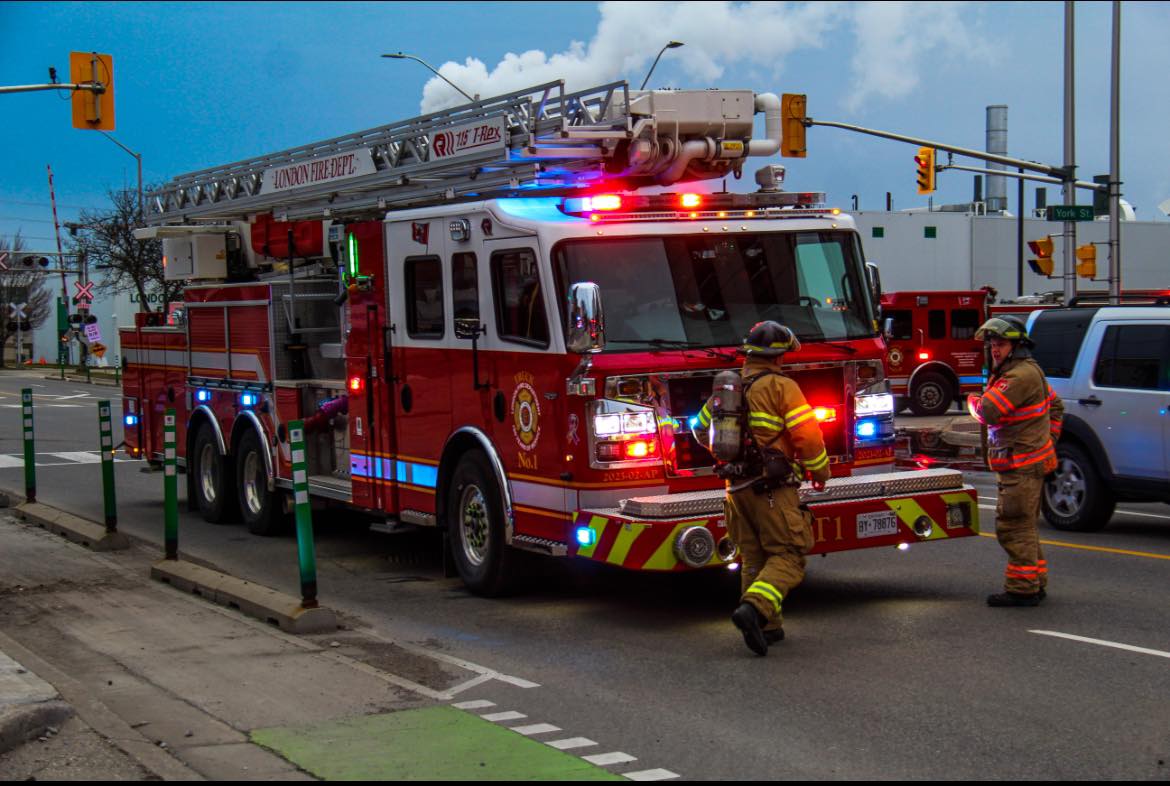By Ken Bambrick
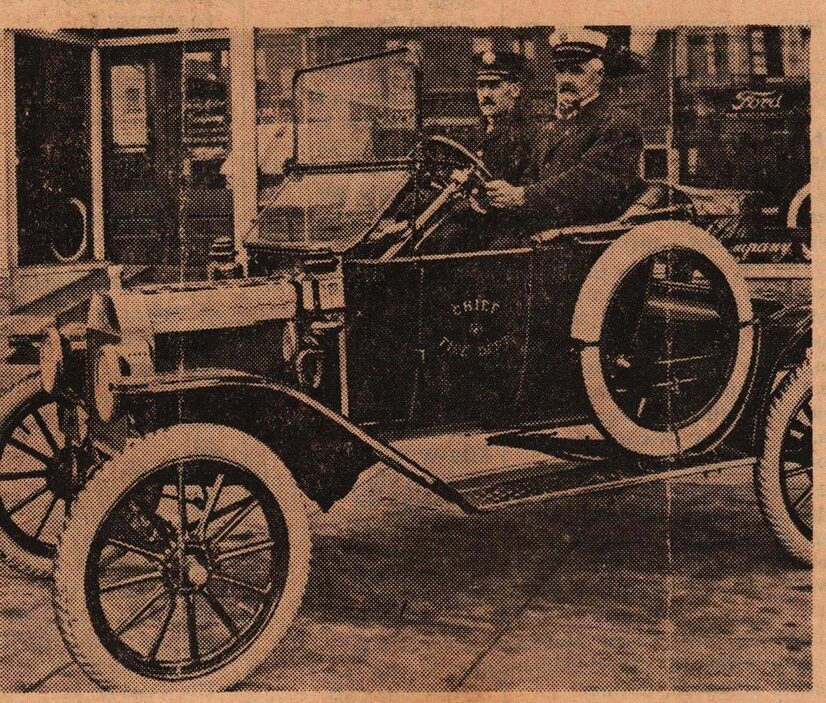
A 1913 Ford Runabout was the first motor vehicle used by a London fire chief. It was Chief John Aitken’s vehicle when he was chief from 1908 to 1927. He preferred to do most of the driving himself as shown here, while his chauffeur, Fireman Sam Sweet rode as a passenger. A son, Fireman Sidney Sweet, is a present member of the London Fire Department. (Source: London Free Press)
The first car bought for a London fire chief was a 1913 Ford runabout.
Today’s chief, M. C. Mathers, is squired around in a Chrysler — but it should be pointed out that it is a five-year old model.
In 1912, the London department made its first venture into automation with the purchase of a truck which was demolished a year later when it tangled with a train at the William Street – CNR crossing.
It wasn’t until the middle ‘20s that the department became completely motorized.
That compendium of facts and figures, the municipal year book, indicates there were still 17 horses on duty in 1915. The department also had one steam fire engine, four combination chemical hose wagons with assorted hose, one auto chemical hose truck, one auto chemical truck, several extension ladders, a 75-foot quick-rising aerial truck, six hose sleighs, the chief’s auto and chief’s wagon and cutter, one fire alarm system, with 71 street alarm boxes, a telephone alarm system, and 800 street hydrants.
Today — or at least in the latest handbook — the department had no horses, but is equipped with 92 pieces of motorized equipment, including the chief’s car. There are 2-, 322 fire hydrants, 98 street alarm boxes and a 10-circuit alarm switchboard at the central station.
Personnel complement of the department in 1915 was 42, while last year there were 222 officers and men. There were five firehalls, where today there are eight.
The 1915 book observes: “The five stations are splendidly fitted up. The central firehall is, without doubt, the finest in Canada.”
The central firehall — on King Street between Wellington and Clarence streets — has since been abandoned and torn down in favor of the modern command centre at Waterloo and York streets.
Other bits and pieces of trivia from the 1915 statistics: The garbage department (which is listed as having 33.5 men and horses) hauled 37,500 loads of ashes (remember them?).
Fare on the London Street Railway vehicles was five cents cash, or seven tickets for 25 cents, except between 6:30 and 8 a.m. and 5 and 9 p.m. when you could get nine tickets for a quarter.
The City budget was just over $1,000,000 for 1914 while it now runs in the neighborhood of $40,000,000.
Source: the London Free Press
Reposted: Facebook London Ontario / Memories of yesterday and today

